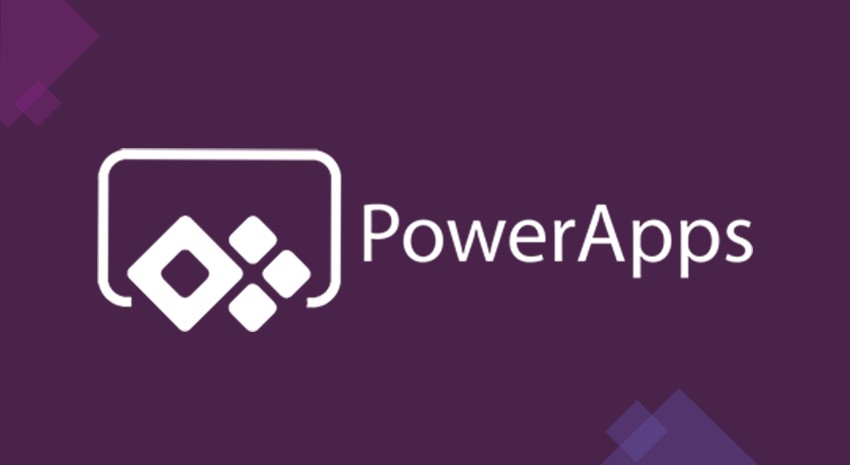Customize Dynamics NAV Introduction to Microsoft Power Apps Part 2

We need to work smarter and faster—and with less. The introduction of the cloud and SaaS (Software as a Service) has allowed us to make great strides getting the technology we need with less cost or hassle…but with some kinks.
Any person in any department of your organization can now create or improve a process on their own by downloading an app or other quick and convenient technology. This is good and bad because it causes issues with consistency, compliance, and security. Plus, there is not an app for every need, so your people still have requirements that are met—or not—cobbled-together solutions that include email, spreadsheets, and…?
Microsoft understands this and has committed to putting the power of computing into the hands of their customers—the people who know and understand their needs better than anyone else. Microsoft Flow and Microsoft PowerApps make it fast and cost-effective to do just that. These tools allow your people to meet their needs without programmers or additional cost or complexity, yet respecting your organization’s need for compliance and security.
This 2-part series introduces you to these tools, providing you with a peek into how these two they change the way you work. Be sure to read Part 1: Introduction to Microsoft Flow.
Part 2: Introduction to Microsoft PowerApps
With the advent of mobility and nearly limitless capacity for computing and data in the cloud, our work today occurs far outside the desktop: We work on laptops, phones, and tablets, in restaurants, airplanes, and warehouses.
But business apps are running behind, still dependent on on-premises, inaccessible, or hard to use outside the desktop. To fill this gap, Microsoft introduced PowerApps, an enterprise service that lets anyone connect, create, and share business apps on any device in minutes.
PowerApps accelerates how business apps are built. With easy-to-use features and the ability for anyone to use it, the time it takes to create a “legitimate” app goes from months to minutes. The development is put in the hands of the people who understand the business need, which saves more time and money in development. Now, IT can focus on more strategic efforts, rather than on dealing with needs that should not require their level of expertise. And it supports the need for business to work outside the office walls by promoting the creation of apps that are made to work in a cloud-based, mobile-first world.
Microsoft customers have built all sorts of solutions—and in every industry. Many have found it so easy to use Power Apps, that they have brought app development in-house, saving time and money.
With PowerApps, your employees can:
- Quickly create apps that work on any device while maintaining the familiar Office experience. using a Microsoft Office-like experience
- Utilize templates to get started quickly and a visual designer to automate workflows
- Use built-in connections (or those you build) to connect PowerApps to just about any cloud service, including Office 365/OneDrive/SharePoint, Dynamics 365, and Salesforce, as well as on-premises systems like SQL Server and Oracle databases
- Easily share apps created by PowerApps—simply type an email address and it’s on its way to another person who can use it
Developers and IT professionals can:
- Get native web and mobile apps in the hands of employees faster—and with less involvement by you because PowerApps includes Azure App Service for employee-facing apps
- Build additional data connections and APIs as needed to existing business systems, which makes it easy for users in your organization to create apps
- Manage data access and maintain corporate policies without concern because data security and privacy controls are respected by PowerApps
PowerApps also integrates with Microsoft Flow, making it possible to trigger flows from within apps, and by giving users the ability to collaborate, apps can also evolve as needs change.
How to Start Using PowerApps
So, how do you start using PowerApps? Visit Microsoft’s PowerApps Documentation page for articles and how-tos. You can even download a free 30-day trial. Questions? Contact the Microsoft experts at ArcherPoint.
